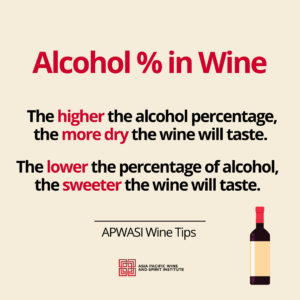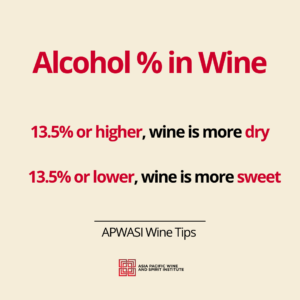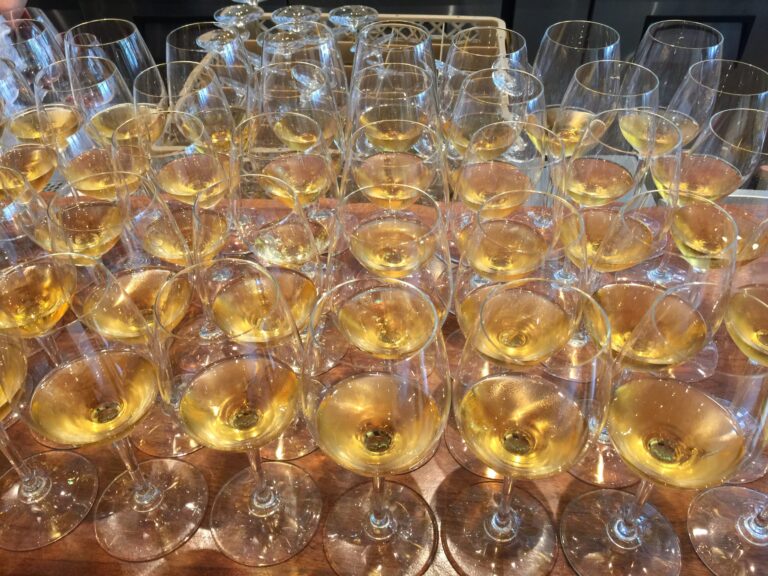What is the difference between dry and sweet wines?
Generally speaking, we determine the sweetness of a wine by the amount of residual sugar that are left from the grapes during the fermentation process. A sweet wine means that there is a certain level of sugar left in the finished wine from the grapes. A dry wine will have little or no sugar.
Let’s dive a little deeper to some factors that affect the wines’ sweetness.
The terroir which is where the grapes are grown affects the sugar levels. For example if the grapes are grown in warmer climates, they’ll tend to have a higher sugar content than those in cooler climates.
Depending on when the grapes are harvested, the grapes that are riper (on the vines longer/ more mature) will have a higher sugar content than grapes that are harvested earlier.
If you allow a grape to ferment longer, the dryer the wine will be.
What are other factors that affect the wines’ sweetness?
Tannins, which is that astringent, mouth-drying sensation can affect how you perceive the sweetness of the wine to be. The more tannins there are, the dryer the wine will taste.
Acidity can also play a factor to the sweetness of the wine. The less acidic a wine, the sweeter the wine will be.
Generally speaking, the higher the alcohol percentage, the more dry the wine will taste. The lower the percentage of alcohol, the sweeter the wine will taste.

If the wine is 13.5% or higher, the wine will be more dry. If it is 13.5% or lower, the wine will be more sweet.

Inside of Dr. Lee’s video, he shows you an easy way for you to understand the difference between how to taste a sweet vs dry wine. It’s purely educational and it’s an odd trick, but it works. Give it a try and let us know in the comments if you are able to tell the difference between a dry and sweet wine.
Want to learn more about wines? Try our Wine Essentials 1 course to learn all the basics about wine.




